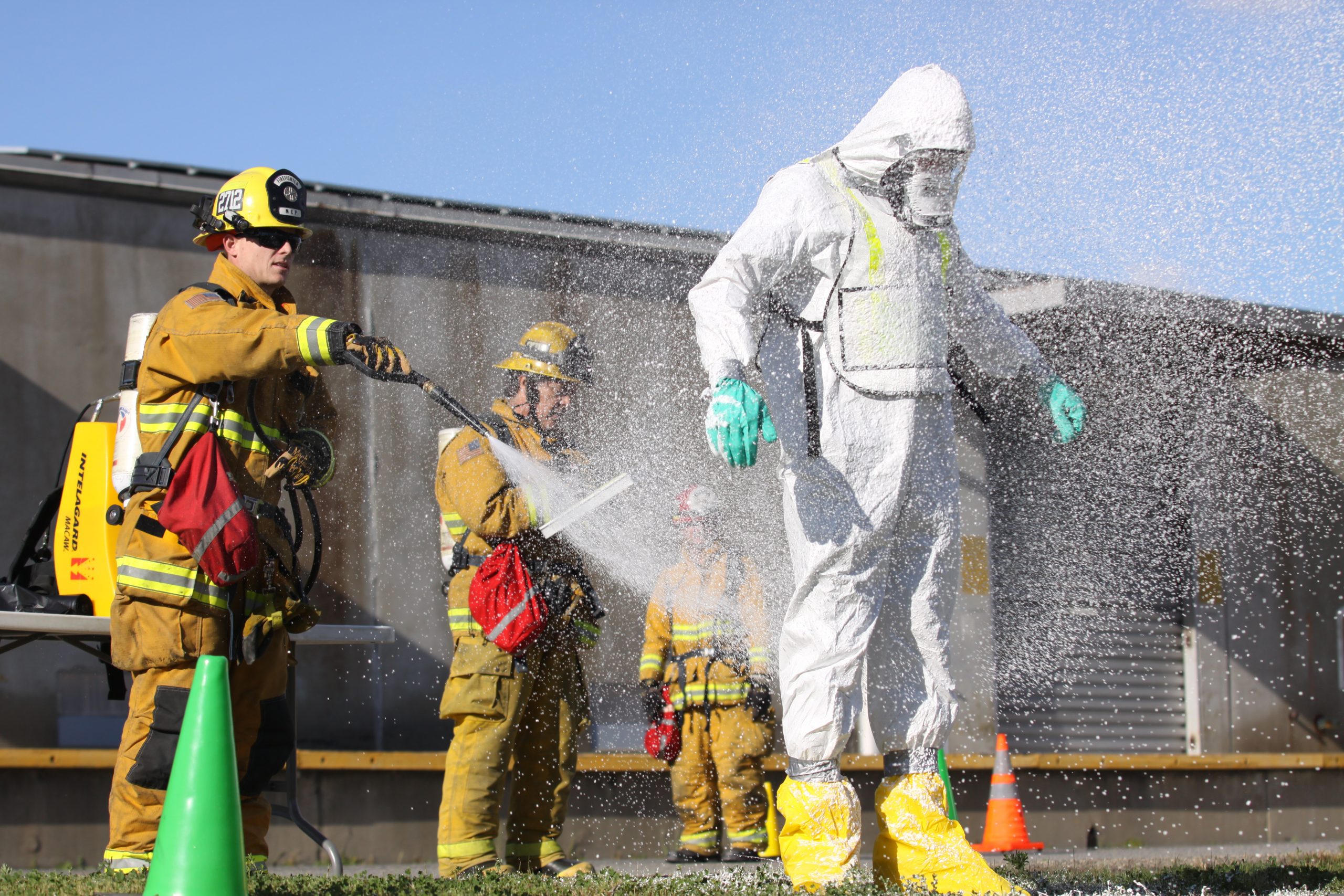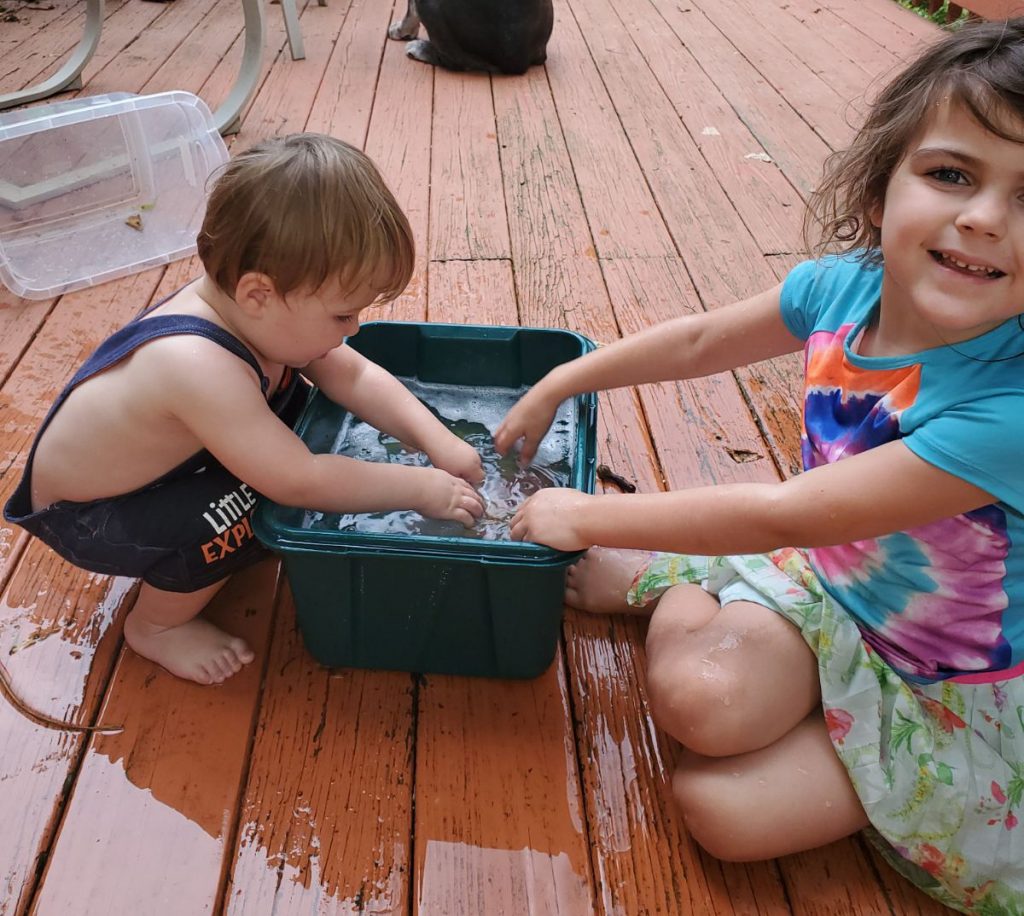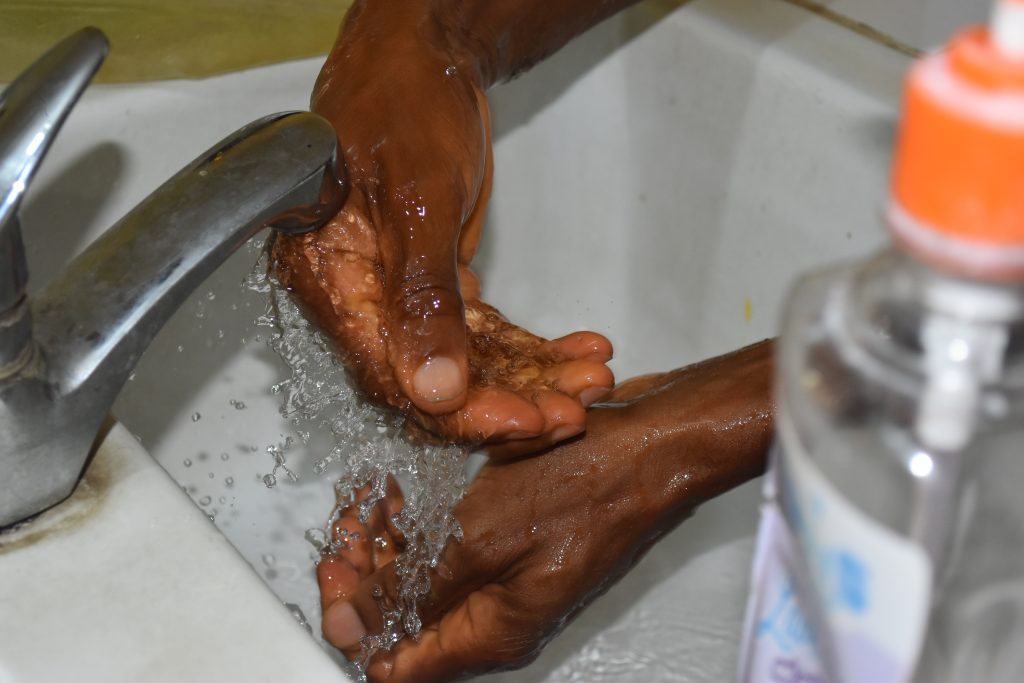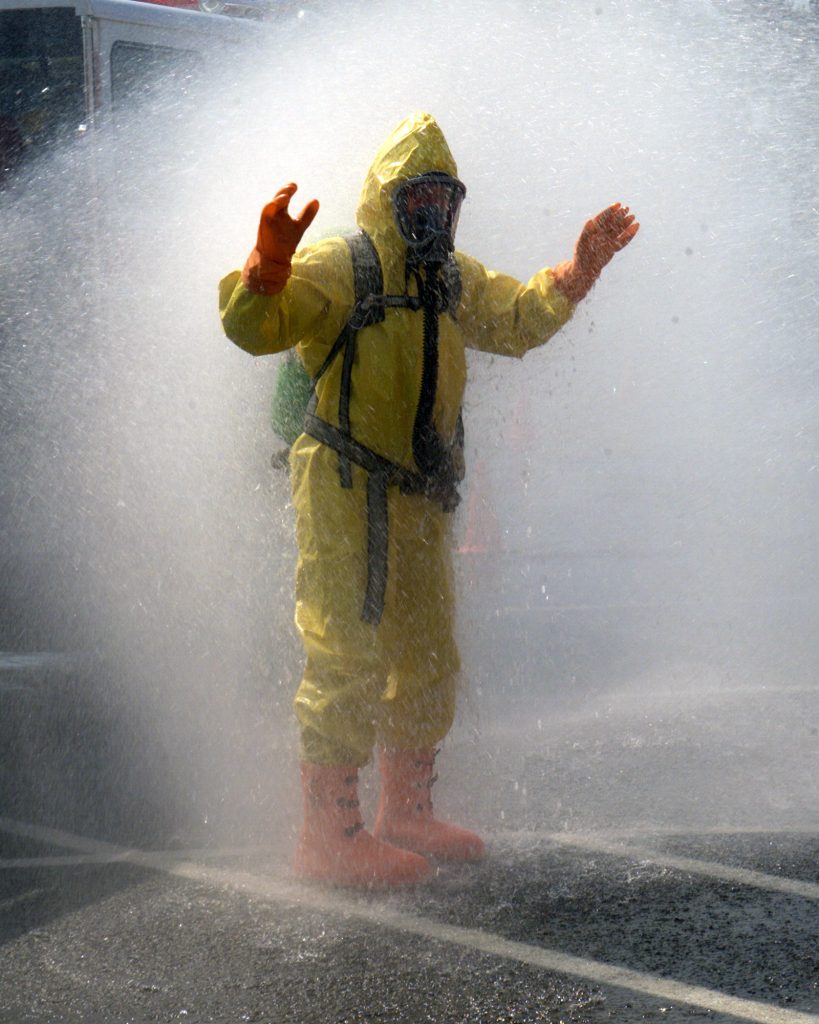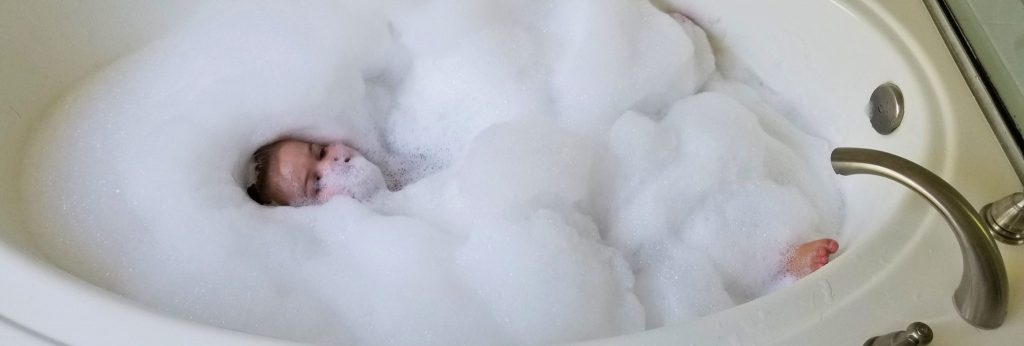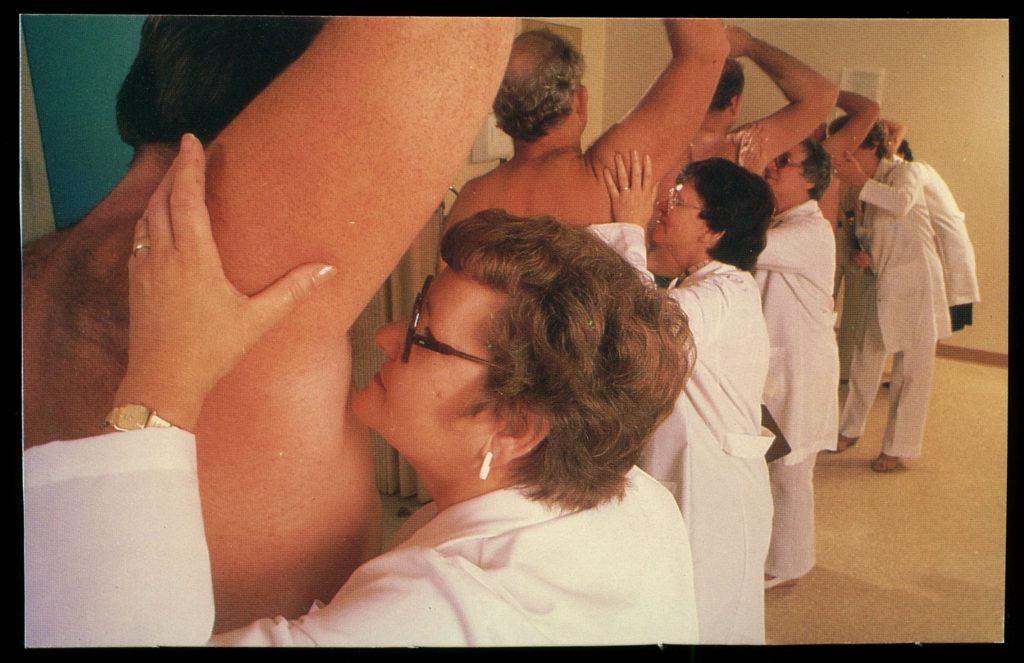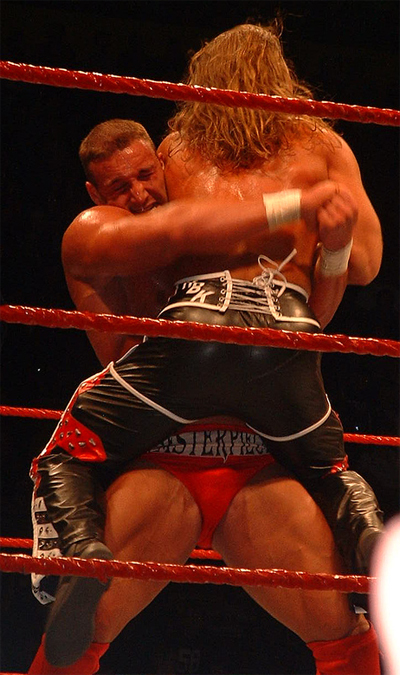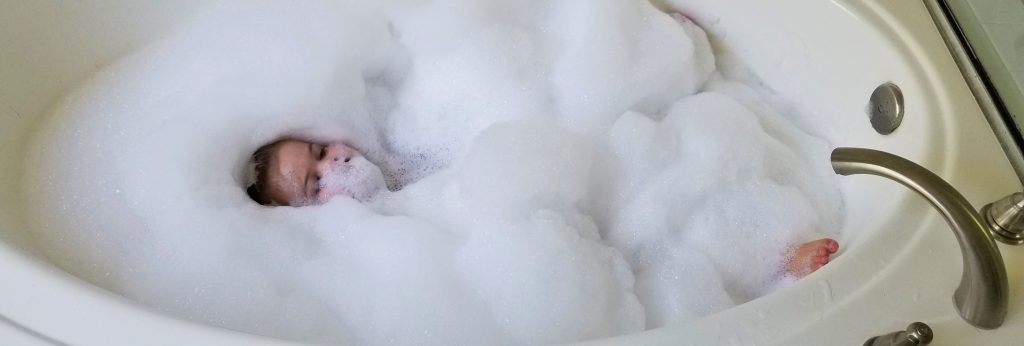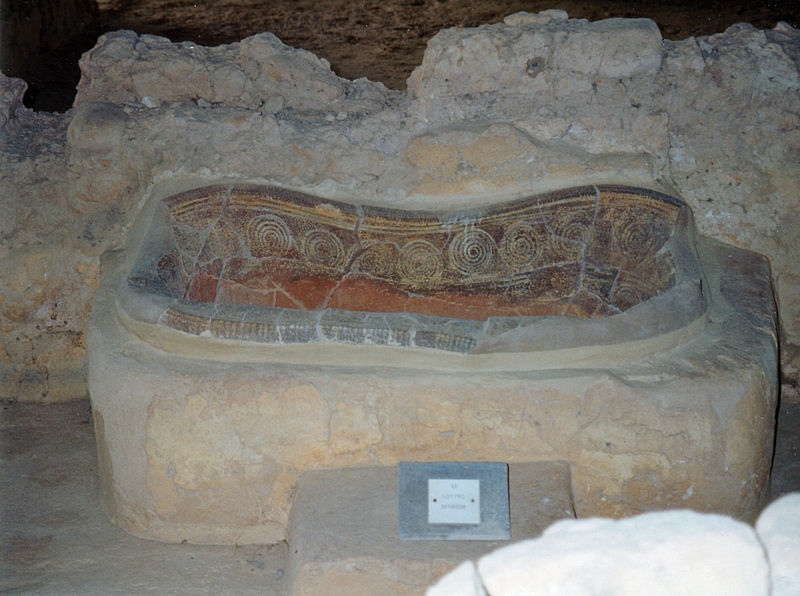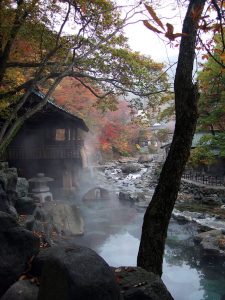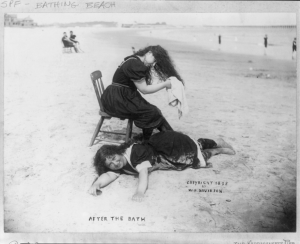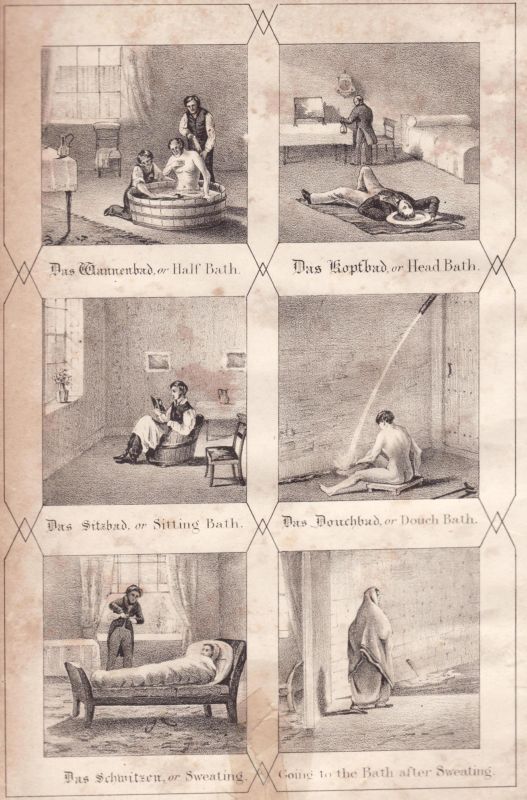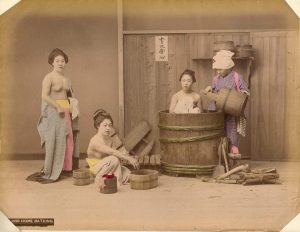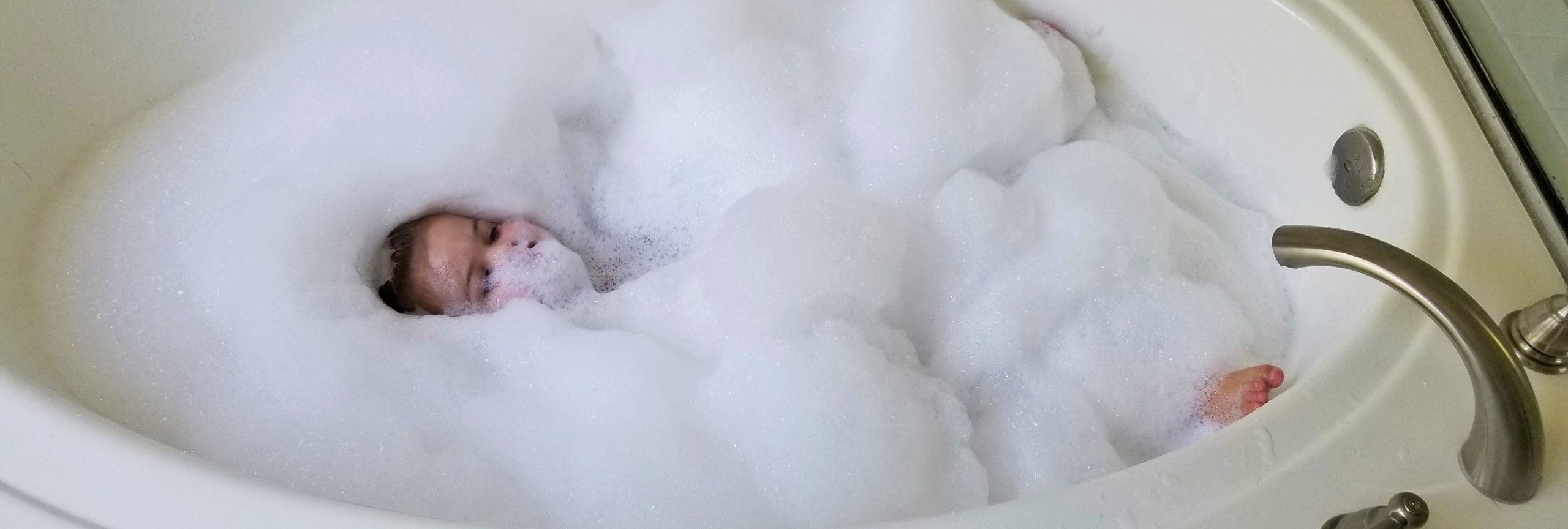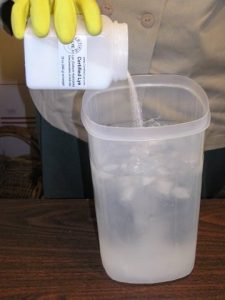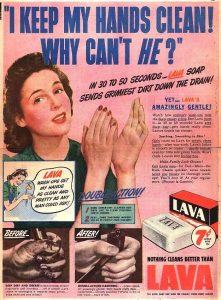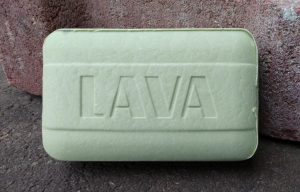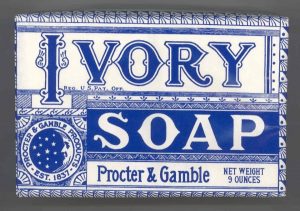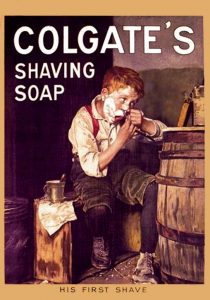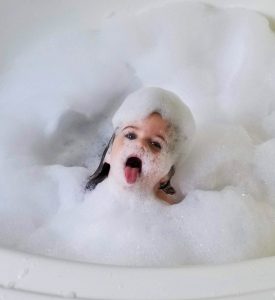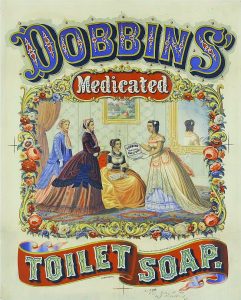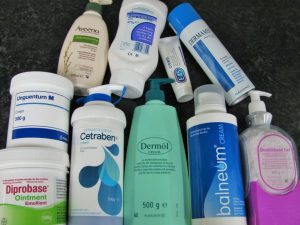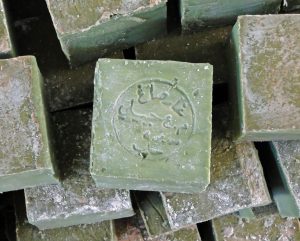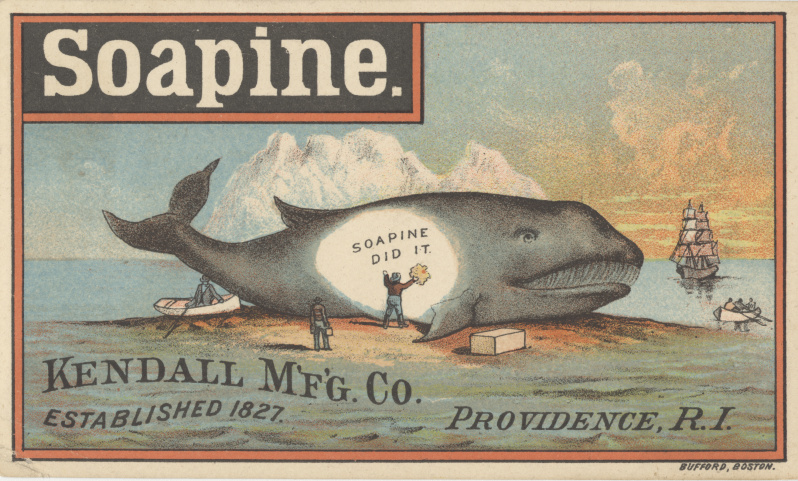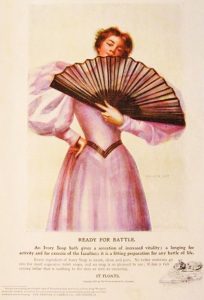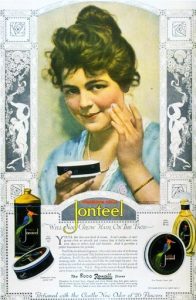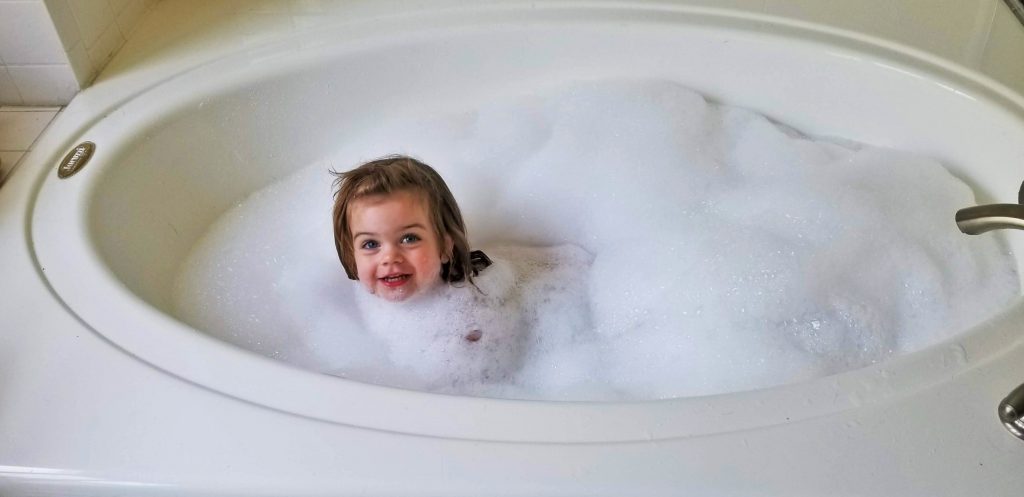Last week, I wrote about the difference between cleanliness and personal grooming habits. Hygiene refers to cleaning habits performed to remove pathogens and keep yourself healthy (such as flossing). Doctors and researchers provide guidelines for how and how often to clean yourself for hygiene’s sake. On the other hand, people determine how and how often to groom themselves based on cultural norms and personal identity (think shaving facial hair).
But there is more to the human body than the head, no matter what science fiction might dream up. How to determine grooming and hygiene standards below the neck?
Clean Hands
Correct hand washing plays a major role promoting health and hygiene. Even Louis XIV of France, who took only two baths in his adult life, washed his hands daily. In the past few years, we’ve all (hopefully) become more conscientious about keeping our hands clean to prevent the spread of disease.
So how many times a day should you be washing your hands? According to experts, aiming for six to 10 washes a day can make a big difference when it comes to keeping viruses and bacteria at bay. Up to 80% of communicable diseases are transferred by touch.
Failing to wash hands correctly contributes to nearly 50% of all food-borne illness outbreaks. Only 20% of people wash their hands before preparing food, and 39% before eating food.
One USDA study found that up to 97% of people don’t wash their hands correctly when cooking at home. While 58% of people wash with soap and water, very few people wash their hands for long enough. Most people only wash their hands for 6 seconds. Around 33% of people don’t even use soap when washing their hands.
The CDC recommends always washing your hands after you use the toilet, whether it is in your home or somewhere else. Germs in feces (poop) can make you sick. These germs can get on your hands after you use the toilet or change a diaper.
A pre-Covid study by the CDC showed that only 31% of men and 65% of women washed their hands after using a public restroom. That number has risen since the pandemic, but still not enough.

According to one bit of research in 2009, 69% of men don’t wash their hands every time they use a toilet or urinal. Another study from 2019 suggests that 6% of men only wash their hands after having a bowel movement.
Less than 1 out of 5 people wash hands after handling money. Less than half of Americans wash their hands after cleaning up after their pets.
Nearly twice as many bacteria are transferred during a handshake compared with a high five, whereas the fist bump consistently gave the lowest transmission.
The average human hand houses 150 different kinds of bacteria. There are typically between 10,000 and 10 million bacteria on each of your hands. Most germs can survive on your hands for three hours. Besides coughing and sneezing, door handles are the most likely way that cold viruses spread.
Showering and Bathing
As I’ve discussed before, washing the entire body tends to be more a question of social norm than actual hygiene. In Australia, 80% of people say they shower every day. In China, half the population regularly bathes only twice a week. A majority of Brazilians shower twice a day!

Approximately two-thirds of Americans shower daily, according to a 2021 survey. In the US, the habit of daily showering tends to start around puberty and becomes lifelong.
Women are more likely to shower or bathe less than once a day (38% compared with 29% of men); they are more likely to shower every other day (23% of women doing this compared with 14% of men). More men also admit that they never shower or bathe – 3% saying so (compared with 0% of women).
A recent survey showed only 60% of American men showered daily, but 12% of those men showered more than once a day. (Maybe these guys all lived in a tropical rainforest?) 15% of guys showered every other day, 9% every few days, and a particularly stinky 2% showered once a week or less.
While the majority of Americans shower every day, some experts say it is probably not necessary. Although many doctors say a daily shower is fine for most people, more than that could start to cause skin problems. But for many people, two to three times a week is enough and may be even better to maintain good health. It depends in part on your lifestyle.
Keep in mind that showering twice a day or frequently taking hot or long showers can strip your skin of important oils. This can lead to dry, itchy skin. Additionally, dry, cracking skin can provide gaps for infectious bacteria.
Dr. C. Brandon Mitchell, a professor of dermatology, suggested showering or bathing once or twice a week. In general, experts say a few times a week rather than daily is plenty. Also, keep showers short and lukewarm, as too much water, particularly hot water, dries out the skin. Showering less often in winter makes sense, dermatologist Dr. Jennifer Herrmann noted.
Americans have voted with their tweets, overwhelmingly in favor of the bath. People in 44 states preferring a bath over a shower. Only people in Idaho, North Dakota, Maine, New Hampshire, Rhode Island, Alabama prefer showers over baths. I find this hard to believe, and tweeting hardly constitutes a scientific study.
Industry experts noted that most people who renovated their bathrooms in 2022 added or adapted a shower.
How do you know when you need to shower or bathe? Perhaps the most immediate (and obvious) clue is odor. It’s not just sweat that makes you stink. The bacteria multiplying on your body produce gasses as they consume proteins and fatty acids.
Deodorant and Antiperspirant
Deodorants and antiperspirants don’t serve any medical purpose. People use them strictly for grooming purposes rather than hygiene.
Young Americans make up the largest group of deodorant users worldwide. 90% of Americans age 18-29 use deodorant daily, as opposed to only 78% aged 60 and over. The United States of America is the largest market for deodorant use, with nearly $5 billion in sales.
Like brushing your teeth or washing your face, putting on deodorant or antiperspirant every day might seem like one of those rituals crucial for basic hygiene. But your decision is most likely based more on personal and cultural preferences than any potential medical necessity, dermatology experts say.
Dr. Joshua Zeichner is a dermatologist and associate professor of dermatology at Mount Sinai Hospital in in New York City. “We live in a society where body odor is not universally accepted, making deodorant a part of your daily hygiene routine. There’s also a stigma surrounding wetness of the clothes because of sweat, which has pushed antiperspirants into daily skincare routines.”
Antiperspirants are deodorants, but not all deodorants are antiperspirants.
Dr. Jeannette Graf, is a dermatologist, assistant clinical professor of dermatology at Mount Sinai Hospital, and author of Stop Aging, Start Living. “If you’re trying to stay dry and control sweat, you’ll need an antiperspirant with aluminum salts to target your sweat glands. If odor is your only concern, deodorant will offer odor protection.”
Not everyone wants their glands to be plugged by anything at all, much less by aluminum and/or other related ingredients.
There’s no reason to limit your use of deodorant to armpits. Lume describes itself as “whole body deodorant.” Their website suggests, “Think pits, underboobs, belly buttons, tummy folds, butt cracks, thigh creases, vulvas, balls, and feet!”
And Last but not Least: Body Hair
By and large, removing body hair is more a matter of culture and personal preference than of health and hygiene.
Any place that grows hair is shaved by somebody. Skipping lightly over arm pits, legs, chests, backs, etc., and going straight to the most private body hair, here’s what’s happening.
A recent study by JAMA Dermatology surveyed 3372 American women and found that more than 80 percent groom their pubic hair regularly. About 5 percent groom daily, but a monthly regimen is more common. About 75 percent stick to removing hair from the front and the bikini line. More than 60 percent have gone completely bare.
About 50 percent of men reported regular manscaping, according to a 2017 study. Of those who groom, nearly 90 percent take away hair that’s front and center, and more than half remove hair from the scrotum and shaft as well. And, FYI, it’s totally normal to have hair on your penis.
Those who groom are more likely to engage in or receive oral sex. How you choose to groom your pubic hair — or if you choose to trim at all — is a matter of personal preference. And your choice won’t have a direct impact on your orgasm or fun.
The majority of women who groom (59%) cite hygiene as a reason. And about 60 percent of men (age 25 to 34) report the same motivation. According to Dr. Tami Rowen, professor of gynecology at UCSF, “It’s a misconception that pubic hair is unhygienic.”
The presence of pubic hair doesn’t make you smell bad. Yes, more of your natural scent might cling to your hair, but that might be a good thing. Those pheromones produced by our apocrine glands are part of the science behind attraction.
Bottom Line: Clean and well-groomed are two very different things.
